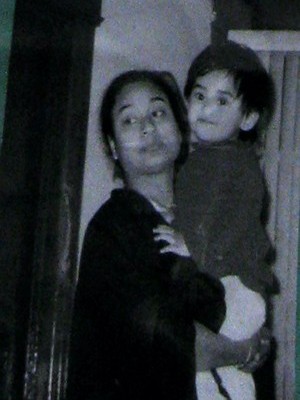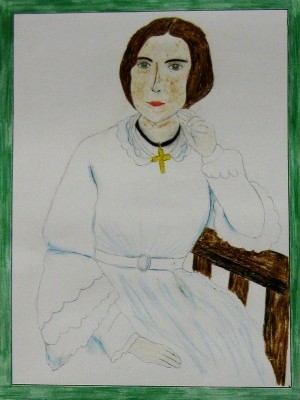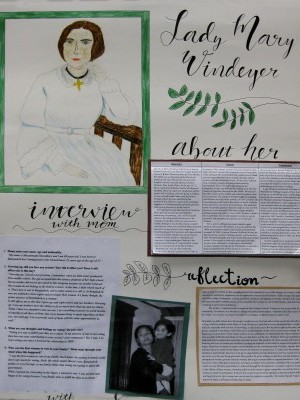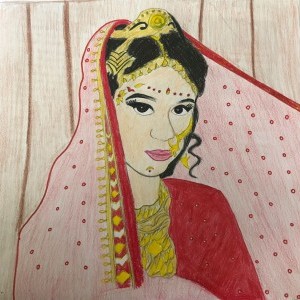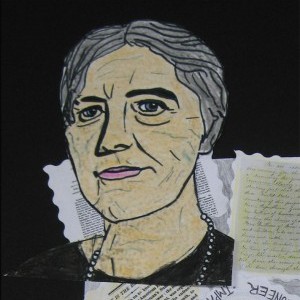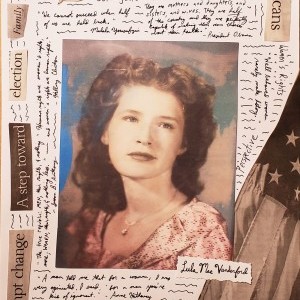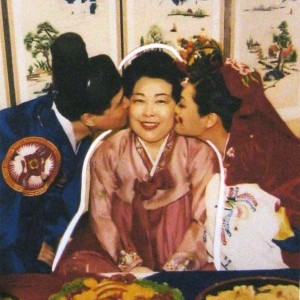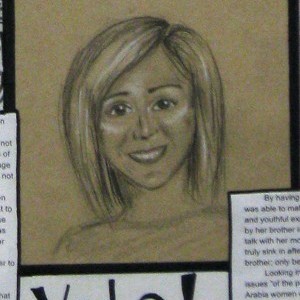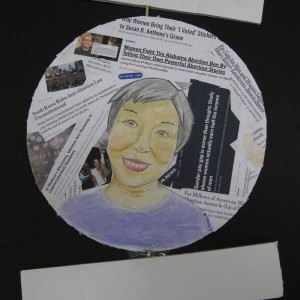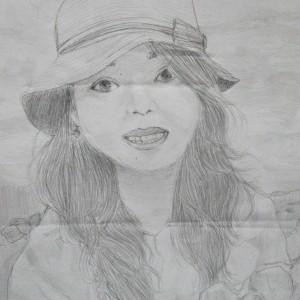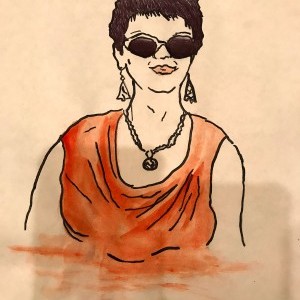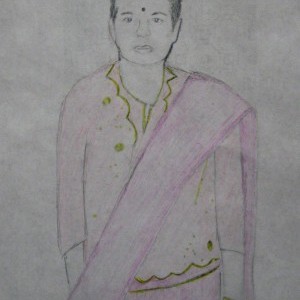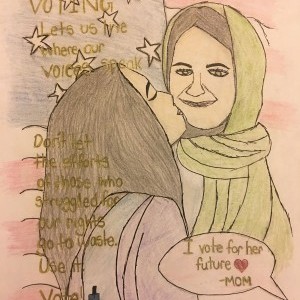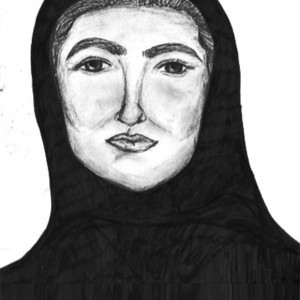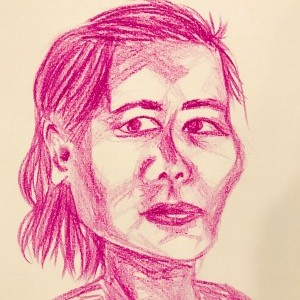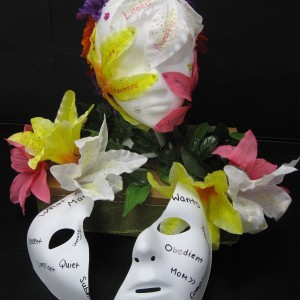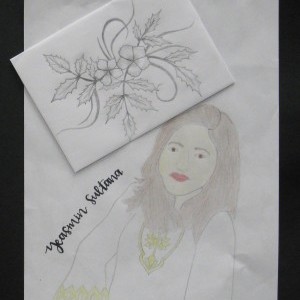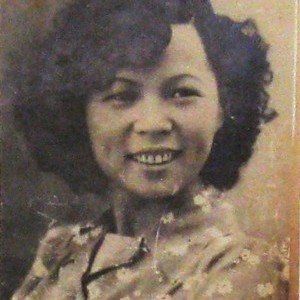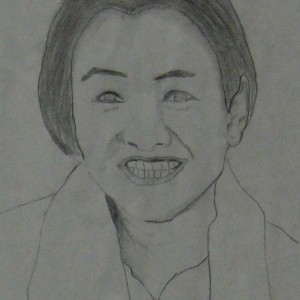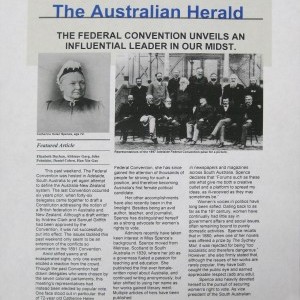Khadiza Sultana, Amina Chowdhury, Nancy Lin & Ellen Chan
Townsend Harris High School | Flushing, NY | 11th Grade
Inspirational Family Member
An Interview With My Mom
1. Please state your name, age and nationality.
“My name is Mosammath Chowdhury and I am 49 years old. I was born in Bangladesh but I immigrated to the United States 22 years ago, at the age of 27.”
2. Growing up, did you face any sexism? How did it affect you? Does it still affect you to this day?
“Growing up, I faced a lot of sexism. I remember when my little sister graduated from middle school. She got accepted into the science program of her high school, but my mother did not let her enroll in this program because she believed that women do not belong in the field of science. At the time, I didn’t think much of it. That’s how it was in Bangladesh, and to some extent it still is. In Bangladesh, men are entitled to more rights and privileges than women. It’s funny though; the prime minister of Bangladesh is a woman.
It still affects me to this day. I grew up with eight sisters and two brothers. Growing up, I saw my brothers have the ability to do so much more than me and my sisters. Today, I have two daughters and one son. I do everything in my power to instill morals of equality in all three of them, that every human being is equal regardless of their sex, race and age. I try to provide each of them with the same opportunities as well.”
3. What are your thoughts and feelings on voting? Do you vote?
“Voting is a way to fulfill your duty as a citizen. In my opinion, if you’re not voting then how are you contributing to your society? your community? Yes, I vote. I’ve been voting ever since I received my citizenship in 2000.”
4. Who was the first woman to vote in your family? What went through your mind when this happened?
“I was the first woman to vote in my family. Back home, the women in the family really don’t care much for voting. Heck, the whole family doesn’t care. Bangladesh politics is very corrupt, so my family thinks that voting isn’t going to affect the government.
When I gained my citizenship in the States, I started to vote. I was excited and happy to be voting because I was finally able to fulfill my duty as a citizen.”
Historical Figure I Admire
Lady Mary Windeyer
The life of Mary Windeyer started out in Sussex, England, where she was born into a large family of eleven to Robert Thorley Bolton and Jane Martha. Her father was a clergyman of the Church of England, who later became the minister at St. Stephen’s Church once the family moved to Hexham, New South Wales.
At the age of 21, Mary married Sir William Charles Windeyer at Hexham, where she spent her childhood, and the couple had 9 children, with one dying in infancy. In times of bad health, Mary took her kids to Tomago where she was cared for by her mother-in-law. The two women were extremely supportive of William and his political activities, often giving him advice on the subject.
It’s important to note the kind of environment Mary grew up in and was surrounded by following her marriage: She was the second oldest of her siblings and was always in the company of children, both as a sister and as a mother. Perhaps it was for this reason, coupled with the loss of her own child that Mary dedicated herself to saving infant lives by supporting a foundling hospital for homeless and inpoverished women. For older children, she found it suitable for them to have a “boarding out” experience from orphanages, leading to the rallying and lobbying of “experimental cottage homes” with the help of Sir Henry Parkes.“Boarding out” was an effort started by Windmeyer’s friend, Caroline Emily Clark.
CONTEXT
During the 19th century, women were very limited in their rights. A married woman had to surrender most of her rights to her husband. The husband had full control over the bank account and wages that the woman earned, the kids and the property that she owned previously. Women also suffered from working in unsafe and unregulated working environment. They were taken advantage of by the companies. It was very difficult for women even after the change in legislation through the late 1800s. Women felt like their voices weren’t heard and wanted to gain a voice in government. The extent of women’s rights in Australia was different for each of the colonies. In 1861, women who owned property and lived in the colony of South Australia were allowed to vote in the local elections. The south and north of Australia granted women the right to vote in 1894. However, it was not until 1899 when western Australia granted women the right to vote. Women wished to elect candidates who would legislate to improve society generally and strenghten the position of women and children.
The women’s suffrage movement started to gain attention during the 19th century. It was not until the late 1800s when gender equality was socially and politically accepted. In 1884, the Victorian Women’s Suffrage Society, the first Australian women’s suffrage society, was formed by both Henrietta Dugdale and Annie Loew. The goal of their society was for women to obtain the same political rights given to men. Although it would take a while before women could get elected into the Parliament, it was still a huge accomplishment for the women in Australia as women gained electoral rights for federal elections.
CONTRIBUTION
Most people know about Elizabeth Cady Stanton and Susan B. Anthony, but they often overlook the other individuals that made the suffrage movement a success. Lady Mary Windeyer was a woman who wished well upon her fellow women in South Wales and who dedicated the majority of her life to charity work, philanthropy, and women’s suffrage.
Lady Windeyer became the President of the Womanhood Suffrage League of New South Wales, later resigning yet still being active in the campaign by becoming the convener of the franchise department of the Women’s Christian Temperance Union. She had held many more positions in other organizations, but it is in two instances when she best asserted the work of women. One when she sponsored hospital training for future nurses and a shorthand typists and writers’ society to further women’s economic independence. The other was at the 1893 World’s Columbian Exposition, where she was the organizer of the section dedicated to womens’ industry; Windeyer claimed that women’s work went far beyond the products of needle work, which led to her proposal for a women’s hospital. Not only would the institution help women in need, but it would be a training ground for nurses. Windeyer’s efforts were not in vain; in 1896, the Women’s Hospital opened in Sydney.
Society’s grasp never seemed to hold Lady Windeyer down from what she was furiously passionate about. With the support of her family and friends behind her, Windeyer had the ability to freely express her opinions and seek opportunities to advance women in any way she could.
What the Project Means to Me
Interviewing my mother on her voting experience has opened my eyes to the struggle of women’s suffrage. I was able to connect her experiences to the oppression women faced in history. Sadly enough, this oppression still occurs today. Fortunately, women around the world are still fighting to fix that. Whether it be creating a safe space for girls to attend school, or becoming the first women to vote in their family, each and every woman is making a significant contribution.
My mother’s experiences have taught me that voting is crucial. Voting is a way to give back to your community. As citizens, it is our duty to change the political atmosphere – sometimes the only way to do that is by voting. As a society, we cannot wait idly by for change; we have to use our right to vote.
Originally, we didn’t know how this project would turn out. The best idea we had was for the artwork to be a collage of all our mothers in the frame of Lady Windeyer’s body but we soon determined that it would be too difficult, especially with our lack of knowledge in that artistic area. We decided to split up the parts, each person assigned to one thing, while Ellen and I worked together on the essay on our chosen woman.
In the beginning, because there weren’t many sources on our suffragette, we figured that she was an obscure figure who would be difficult researching. It turns out that that’s not the case. Windeyer held more positions as an important board member than most high schoolers do know. She poured a lot of her passion and work into bettering the lives of women and children by putting an emphasis on the need for improved hospitals and the higher education of women. In order to accommodate for the continual growth of society, changes had to be made and they had to be made for the better, towards the direction of progression. To help lower the number of mothers in need of help, they have to be given opportunities to help themselves and their families by having a say in the way they are being governed. They need to be given suffrage so that there are less instances of unemployed women, poverty-stricken women, and single women unable to support themselves. Lady Windeyer has shown that a little goes a long way, as long as you don’t waver and stay consistent with your goals. The extent of Lady Windeyer’s persistence is reflected through the development of women’s rights in Australia. Due to the efforts of these women, Australia is the second country to grant women the vote and the first to permit women to stand for parliament. It allowed for women to get involved and have a stand in political affairs. It was not long before the first woman was elected into the legislative assembly. We realize that all it takes is one person to make a difference whether big or small.
Explore the Archive
More From This Class
Click on the thumbnails below to view each student's work.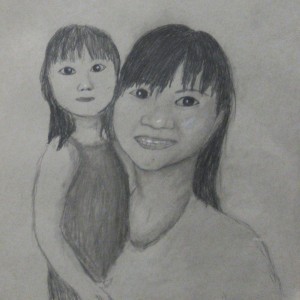
Vivian Chen, Josephine Chen, Ivan Chan, Zafirah Rahman, Neeharika Reddy, Daniel Shi, Daniel Shi, Jacqueline Cho & Osiris Guerrero
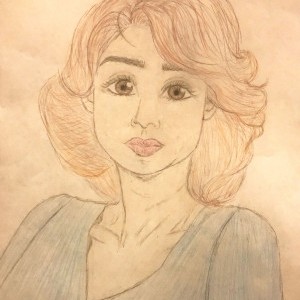
Jennifer Moran, Adebola Ademola, Julia Hong, Vicki Kanellopoulos, Inga Kulma, Maimunah Virk, Deborah Molina & Kailey Van
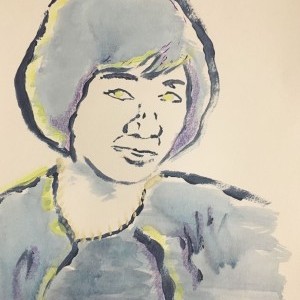
Kristina Chang, Sarah Chowdhury, Bethany Leung, Letian Fang, Cathy Choo, Kelly Chan, Emily Tan, Adamary Felipe & Kenney Son
Deadline Extended
There's still time to join Women Leading the Way.
Become a part of our storytelling archive. Enroll your class today.
Join the Project

